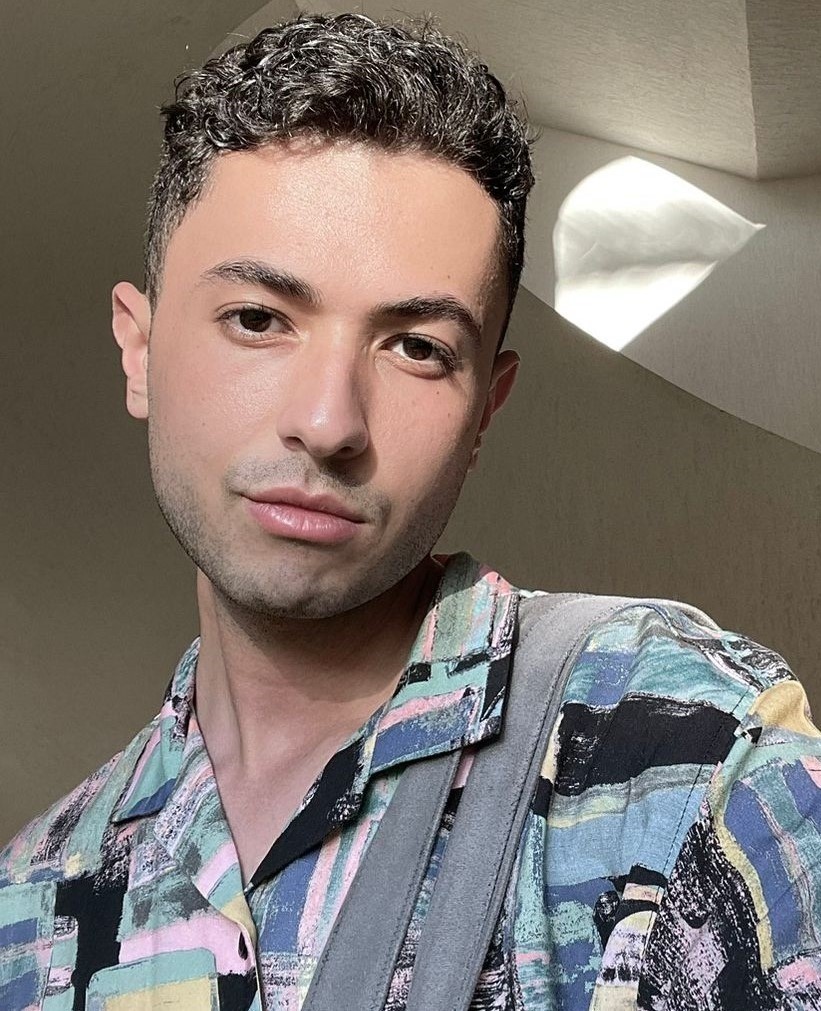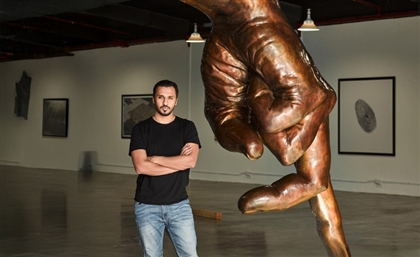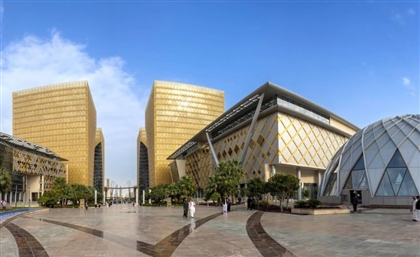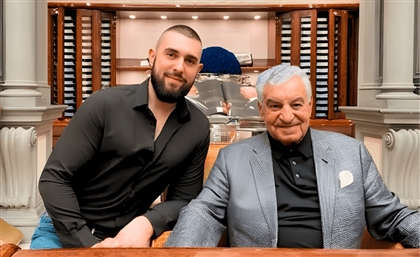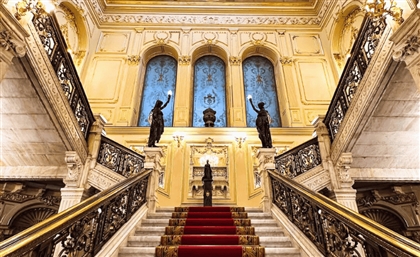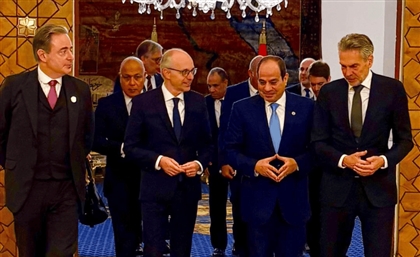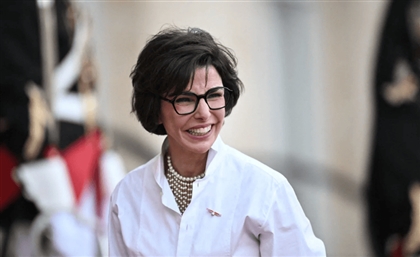How British-Yemeni Photographer Omar Khaleel Captures Cultures
Exploring varied identities through his lens, Omar Khaleel showcases the colorful and vibrant complexities of Arab cultures.
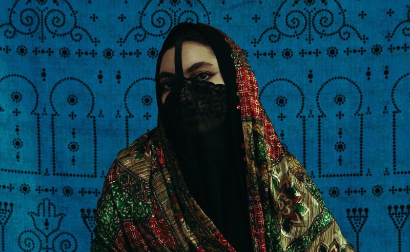
Born in Birmingham to Yemeni parents, rising photographer Omar Khaleel grew up immersed in the rhythms of British-Arab life. As a child in the multicultural inner city, he bore witness to a world where cultures collided and coalesced in colourful harmony. These formative years nurtured Omar's appreciation for diversity and shaped his keen interest in exploring varied identities.
 Now based in London, Khaleel has built a successful career centred around his artistic vision of portraying cultures on their own terms. A graduate of Visual Communication from Central Saint Martins, Khaleel leverages his bi-cultural upbringing and industry experience to conceptualise and execute innovative photography projects. Through his lens, he aims to showcase identities from the MENA region with authenticity and nuance, rejecting shallow stereotypes.
Now based in London, Khaleel has built a successful career centred around his artistic vision of portraying cultures on their own terms. A graduate of Visual Communication from Central Saint Martins, Khaleel leverages his bi-cultural upbringing and industry experience to conceptualise and execute innovative photography projects. Through his lens, he aims to showcase identities from the MENA region with authenticity and nuance, rejecting shallow stereotypes.
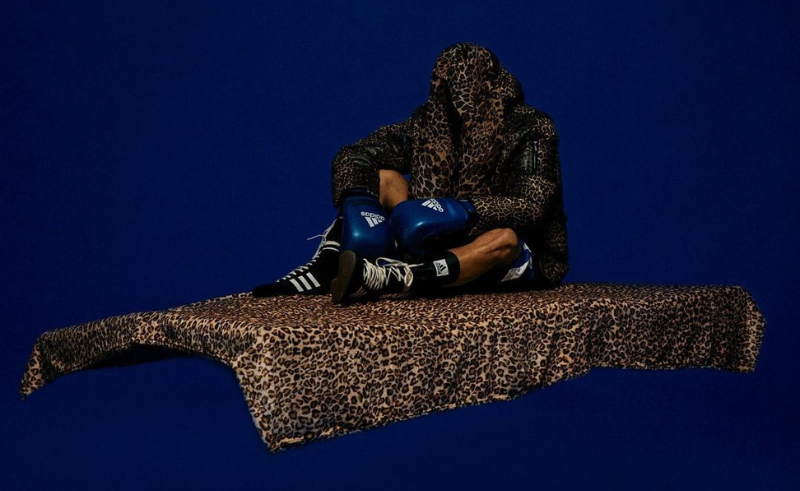 This dedication is exemplified in Khaleel’s ongoing series, ‘Cast No Shadow’. The project's name references how cultural roots continue anchoring people even as they travel far in life. For Omar, the work serves as a reflection of his own deep connection to Yemeni heritage despite residing abroad. Through ‘Cast No Shadow’, he explores cultural and social identities across the MENA world, celebrating their expressions through portraiture. Vibrant colours and intricate textures emerge as Omar captures his subjects adorned in traditional garments, costumes and motifs that communicate belonging.
This dedication is exemplified in Khaleel’s ongoing series, ‘Cast No Shadow’. The project's name references how cultural roots continue anchoring people even as they travel far in life. For Omar, the work serves as a reflection of his own deep connection to Yemeni heritage despite residing abroad. Through ‘Cast No Shadow’, he explores cultural and social identities across the MENA world, celebrating their expressions through portraiture. Vibrant colours and intricate textures emerge as Omar captures his subjects adorned in traditional garments, costumes and motifs that communicate belonging.
 Khaleel’s style draws from historical references and social experiences to craft atmospheric moods. Rich colours like deep reds and golds are hallmarks, as are layers of delicate patterns and embroidery. Even in commercial work, he ensures Middle Eastern influences remain present. For campaigns with, for example, Nike, he incorporated elements of traditional Arab menswear like the thawb and ‘bisht’. His vision gifts global brands an appreciation for cultural blending while staying true to his roots.
Khaleel’s style draws from historical references and social experiences to craft atmospheric moods. Rich colours like deep reds and golds are hallmarks, as are layers of delicate patterns and embroidery. Even in commercial work, he ensures Middle Eastern influences remain present. For campaigns with, for example, Nike, he incorporated elements of traditional Arab menswear like the thawb and ‘bisht’. His vision gifts global brands an appreciation for cultural blending while staying true to his roots.
In a virtual exchange with SceneStyled, Khaleel spoke of his heritage, how it continues to inspire him, and what he seeks to achieve with his work come what may…
Being born and raised in the UK to an Arab family must've been quite the experience, how was it like growing up with a multicultural background? How would you say that has impacted your creative work?
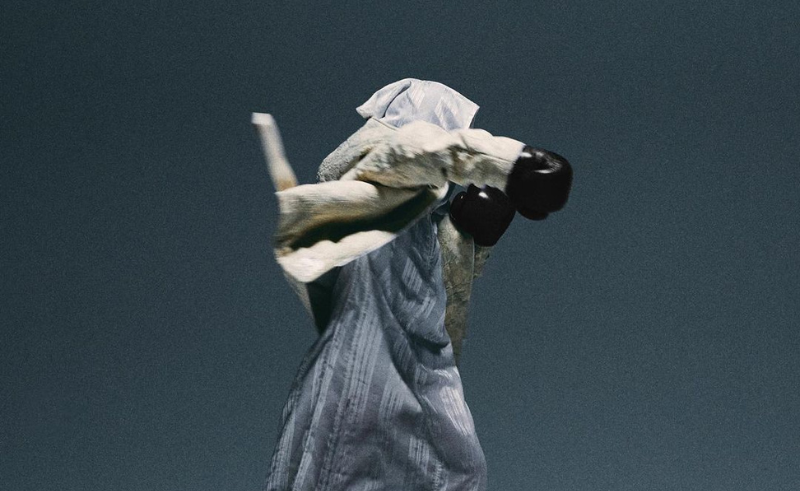 Having a strong family identity and traditions, we held onto our deep cultural roots. I would like to mention, I got to grow up with people from all over the world, and learning about different cultures and traditions even amongst Arabs and those from the MENA region who originate from the region was priceless. Experiencing similarities and learning the differences that brings us closer together was quite the experience.
Having a strong family identity and traditions, we held onto our deep cultural roots. I would like to mention, I got to grow up with people from all over the world, and learning about different cultures and traditions even amongst Arabs and those from the MENA region who originate from the region was priceless. Experiencing similarities and learning the differences that brings us closer together was quite the experience.
'Cast No Shadow' is a brilliant project - could you tell me more about the concept behind it?
 The project is a reflection of what inspires me. It was about myself and how deeply rooted I was in my own culture. However, I came to the realisation that a lot of people felt the same way but may not have been able to express it. I was extremely tired of Hollywood’s interpretation of the region and wanted to be a part of the current talent that’s shaping our region.
The project is a reflection of what inspires me. It was about myself and how deeply rooted I was in my own culture. However, I came to the realisation that a lot of people felt the same way but may not have been able to express it. I was extremely tired of Hollywood’s interpretation of the region and wanted to be a part of the current talent that’s shaping our region.
I also personally felt that there was such little representation outside the region and by people in the diaspora from this region, and those who were making an impact were mainly representing their own country solely - which is fine and beautiful to see. However, I never only grew up with just Yemenis, and many in the Arab diaspora here in the UK were like me, so there was no reflection of our reality.
So, 'Cast No Shadow' is a global project weaving a tapestry of culture and subculture. While the main focus is the Middle East and North Africa, the plan for the future is to travel far and wide, capturing the beauty that unites and distinguishes us. Celebrating the artistry with diversity, sharing stories, traditions and subcultures that shape our extraordinary world.
Could you walk me through your typical creative process?
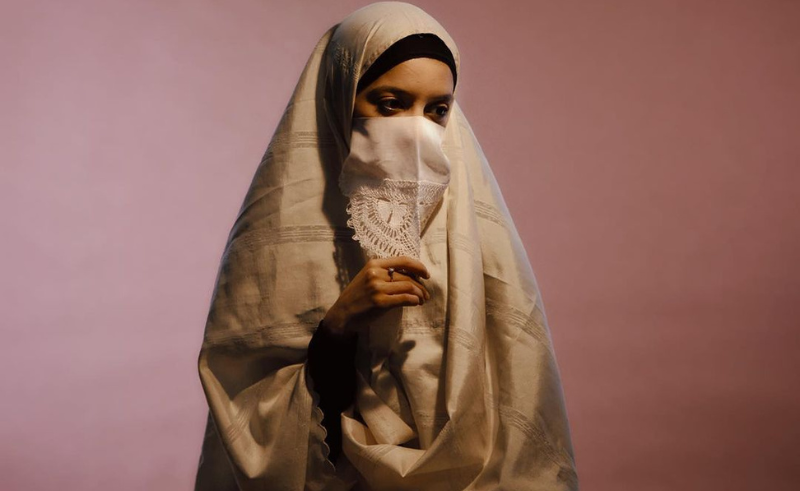 A lot of my inspiration comes from historical references merged with diaspora experiences and perceptions. This is in tandem with personal experiences and socialising and communicating with people from different places and countries. I bring all of this into a mood board, then find a location and talent that may suit the project at hand.
A lot of my inspiration comes from historical references merged with diaspora experiences and perceptions. This is in tandem with personal experiences and socialising and communicating with people from different places and countries. I bring all of this into a mood board, then find a location and talent that may suit the project at hand.
What are your future aspirations and goals as a photographer? Any exciting projects in the works you can hint towards?
-0220670a-ee86-4c73-ac76-b28747f1be42.png) My future plans are to create a Cast No Shadow Experience through exhibitions, work with ministries of cultures and tourism boards, as well as create a ‘Cast No Shadow’ yearly magazine. I would also like to create workshops and help connect and encourage people to create.
My future plans are to create a Cast No Shadow Experience through exhibitions, work with ministries of cultures and tourism boards, as well as create a ‘Cast No Shadow’ yearly magazine. I would also like to create workshops and help connect and encourage people to create.
From your extensive body of work, do you have any particular photographs that hold special meaning to you? If so, would you share the story behind them?
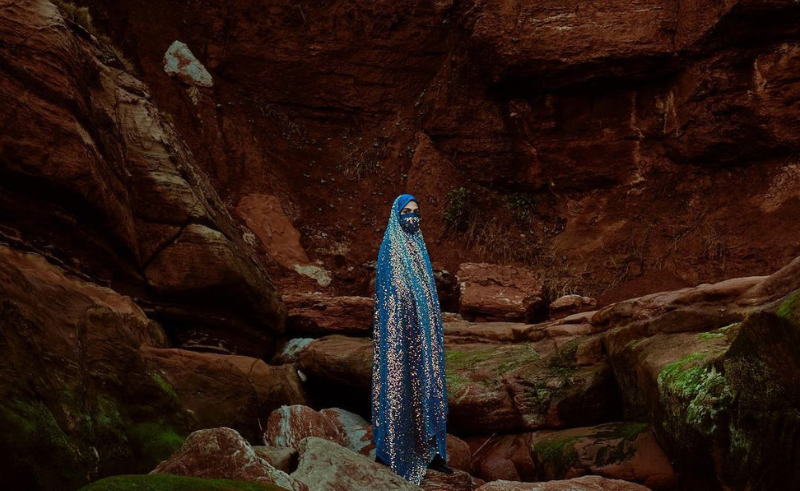 Aziza. I will always cherish it as it's a portrait of my mother. In Arabic, the name ‘Aziza’, meaning ‘Cherished’ or ‘Beloved’, reflects the profound significance and reverence accorded to mothers in Islam. The title ‘Aziza’ highlights the unique bond between a mother and her child, symbolising the deep affection, care, and sacrifice that a mother consistently bestows, and the high regard that she is held in. The act of cherishing and honouring mothers is a central tenet of Islamic teachings, in recognition of the pivotal role they play in shaping individuals and societies.
Aziza. I will always cherish it as it's a portrait of my mother. In Arabic, the name ‘Aziza’, meaning ‘Cherished’ or ‘Beloved’, reflects the profound significance and reverence accorded to mothers in Islam. The title ‘Aziza’ highlights the unique bond between a mother and her child, symbolising the deep affection, care, and sacrifice that a mother consistently bestows, and the high regard that she is held in. The act of cherishing and honouring mothers is a central tenet of Islamic teachings, in recognition of the pivotal role they play in shaping individuals and societies.
I will also hold a soft spot for my creative concept for the Andy Wahloo capsule. This project was the first time working with a brand that entrusted me with full reign for creating the visuals. I also enjoyed physically making and shooting the iconic Nike logo on some signature MENA culture clothing such as the Middle Eastern Bisht, Yemeni Madhalla Hat and Libyan Zaboon.
- Previous Article Italian-Palestinian Duo No Input Debuts Eponymous Electro EP
- Next Article A Century of Hospitality: Discover Egypt's Historical Hotels







